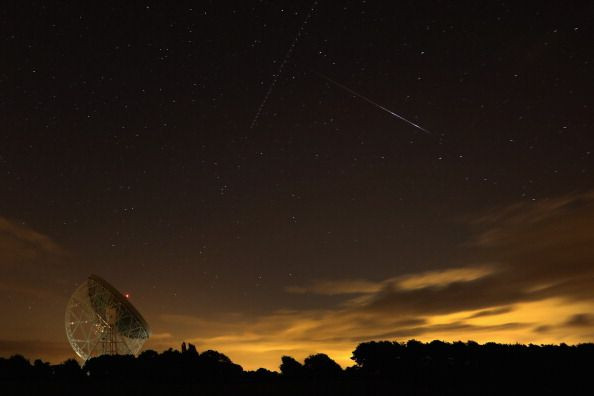What Is The Delta Aquariid Meteor Shower And When Is The Best Time To See It?

A meteor shower passing by Earth that started in July is expected to reach its peak this week.
The Delta Aquariid meteor shower began passing by Earth on July 12 has been putting on a show in the sky for nearly a month, but hasn’t offered great opportunities for people to witness the celestial event. And while the shower is expected to continue until Aug. 23, the first week of August is expected to be the peak of the near two-month meteor shower.
The peak began on Sunday and will continue through the end of the week.
NASA explains that the meteors are a byproduct of the comet 96P/Machholz. Originally discovered by amateur astronomer Donald Machholz in 1986, the comet travels around the sun and typically takes five years to complete a full orbit. While it travels, chunks break off and create meteors that form the Delta Aquariid meteor shower.
And the name of the shower is derived from the constellation Aquarius, which is where the meteors appear to come from.
The best time to try and catch the shower is 3 a.m. ET, though it is possible to see the shower overnight until the sun begins to rise. And the meteors even leave gas trails that make it easier to see the meteors as they pass by Earth. These gas trails are a result of meteors burning up in Earth’s upper atmosphere and vary depending on the size. Bigger meteors will have a larger trail, making them easier to see compared to smaller ones that create a thinner trailer that may only last for a few seconds.
But this won’t be the only chance to see a meteor shower in August. The Delta Aquariid meteors are expected to overlap with the Perseids meteor shower that is expected to occur later in August, making for two prime opportunities to see a meteor shower in one month.
© Copyright IBTimes 2025. All rights reserved.





















